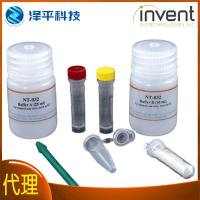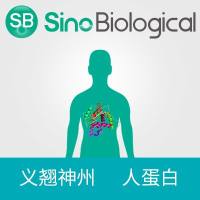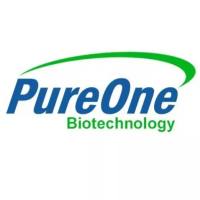The transfer of genetic material into soybean (Glycine max L. Merr.) plant tissues has been accomplished by several methods: electroporation (1 ), microprojectiles (2 ), and by the more widely used Agrobacterium -mediated T-DNA transfer (3 ,4 ). The transformation of soybean by electroporation-mediated gene transfer appears to be efficient for obtaining stable transformants in soybean cells (1 ). However, the disadvantage of this method is that the efficiency is affected by many variables, such as voltage, duration, and spacing of electrical pulses, size and number of protoplasts, buffer composition, temperature, concentration, and form of DNA. Thus, optimum electroporation must be determined for each protoplast type. The transformation of soybean by particle bombardment (2 ), in which the microprojectiles are used to transfer the genetic material into meristematic cells of immature seeds, appears to be simple and very effective. However, it requires a knowledge of the design of the acceleration instruments for those who wish to build their own, or at least access to an instrument that can control the acceleration of microprojectiles. These limitations presently restrict genetic engineering of soybean to some university and corporate laboratories.






